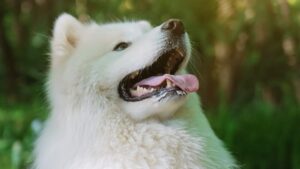
White Long Haired Dog: 13 Breeds
After much deliberation about your next pet, you’ve decided on a white long haired dog, large in size. Doesn’t that sound like you’re aiming to
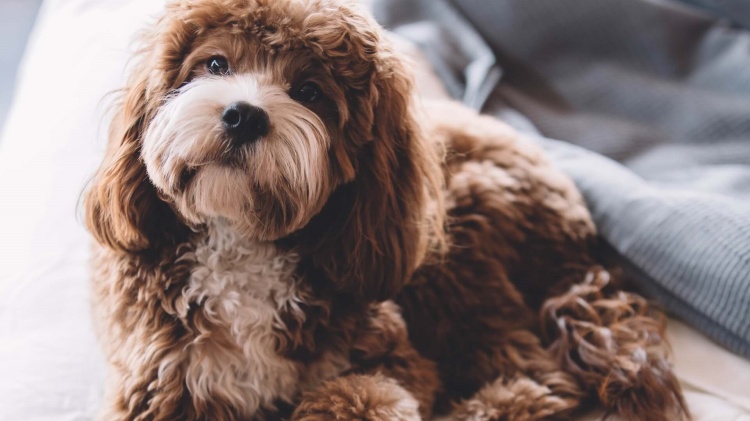
When it comes to grooming our furry friends, we want to ensure that we are using the best tools and products to keep them comfortable, safe, and looking their best. One common question that arises among pet owners is whether it is appropriate to use a human hair dryer on their dogs.
While it may seem like a convenient and cost-effective solution, there are significant differences between dog hair dryers and human hair dryers that can impact the grooming experience and the well-being of your pet.
In this blog post, we will delve into the key differences between dog hair dryers and human hair dryers, exploring the unique features and benefits of each. We will also discuss why it matters to choose the right type of dryer for your pet, and how making the right choice can enhance the grooming process, ensuring that your furry friend is comfortable, safe, and looking their best.
From the temperature settings and noise levels to the design and functionality, we will cover all the essential aspects that differentiate dog hair dryers from human hair dryers.
So, whether you are a professional groomer or a pet owner who prefers to groom your pet at home, this comprehensive guide will provide you with the information you need to make an informed decision and choose the best dryer for your furry friend. Let’s get started!
While they may seem interchangeable at first glance, human and dog-specific dryers have several key differences:
These differences factor into how suitable a dryer is for a dog’s coat and skin needs. We’ll break down how human and dog dryers compare in each area and help you decide which option best fits your grooming needs.
A primary difference is airflow power and heat output.
Human hair dryers operate at lower speeds and temperatures suited for delicate human hair and skin. Home models typically have 2-3 heat settings and 2-3 fan speeds.
Dog hair dryers use industrial-grade motors strong enough to power airflow between 60-80mph. This high velocity is required to penetrate and thoroughly dry a thick double coat down to the undercoat. They also heat up to 160°F to evaporate moisture from dense fur.
A human dryer lacks airflow power and heats to quickly dry down to a dog’s undercoat. Using one will likely result in a lengthy, ineffective drying session that leaves their coat damp and skin irritated.
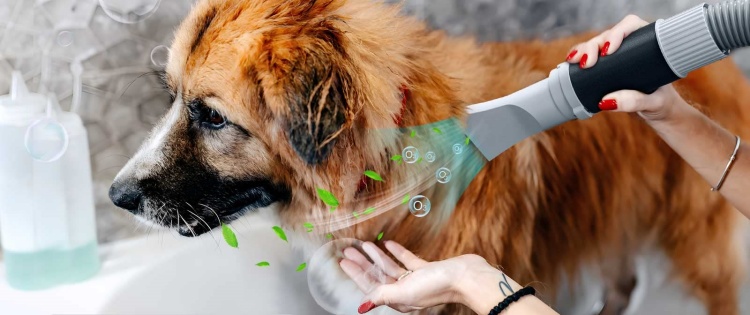
The nozzle design also differs significantly between human and dog-specific dryers.
Human hair dryers have a wide open nozzle that diffuses the airflow and concentrates it on a section of hair. The indirect airflow prevents damage or tangling, which is great for styling human hair.
Dog dryers come with:
The right dog dryer nozzle allows you to adjust intensity based on what part of your dog’s body you are drying. A human dryer’s simple nozzle lacks this adjustability and precision.
When buying a dog dryer, durability for regular use is a key consideration.
Human hair dryers are only designed for periodic personal use, not prolonged high-velocity drying sessions multiple times per week. Their motors and inner components aren’t made to withstand constant airflow for long periods.
Dog dryers have industrial-quality motors engineered specifically for the rigors of repeated high-volume drying over the years. Their outer shells and inner workings last much longer than a household dryer.
For regular dog grooming, investing in a commercial-grade dog dryer made for durability is worth it. A household dryer will likely burn out or overheat with repeated grooming use.
A dryer’s noise output is an important consideration, especially for anxious or fearful dogs.
Human hair dryers operate around 70-80 decibels on average. This equates to the noise level inside a busy restaurant – quite loud!
High-velocity dog dryers produce 75-85+ decibels of sound. Even models marketed as “quiet” reach up to 80 dB – as loud as garbage disposal.
The high-pitched whine combined with dogs’ sensitive hearing makes dryers very intimidating for some pups. A human hair dryer blasting for 20+ minutes would be painfully loud and frightening.
Look for a low-noise dryer under 70 if your dog startles easily, or use a diffuser attachment to muffle the sound.
Finally, a human dryer poses some risks of injury when improperly used on a dog.
The high heat settings of a human dryer can dangerously overheat delicate canine skin if focused on one spot too long. A dog can’t vocalize to make you stop the way a human would.
Pet skin is also at higher risk of being caught and torn where the nozzle and hose connect. Consumer dryers aren’t designed with pets’ safety in mind.
By comparison, high-quality dog dryers have several built-in safety features to prevent injury, like:
Dog dryers allow you to dry your pet safely as well as efficiently.
Here are a few additional factors to weigh when deciding between a human and vs dog dryer:
If you decide to use a human dryer, follow these tips to keep your dog safe:
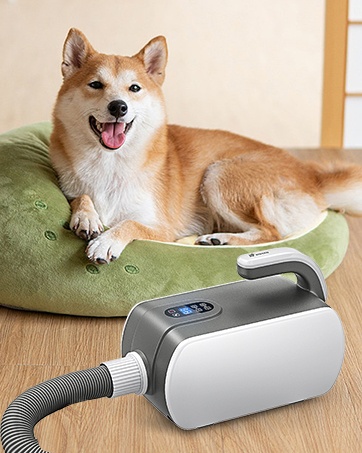
In conclusion, the differences between dog hair dryers and human hair dryers are significant and should not be overlooked. While it may be tempting to use a human hair dryer on your pet due to convenience or cost-effectiveness, it is important to consider the potential risks and disadvantages associated with this choice.
Dog hair dryers are specifically designed to cater to the unique needs of pets, with features such as adjustable temperature settings, lower noise levels, and specialized nozzles that make the grooming process more comfortable and efficient for both the pet and the groomer.
The temperature settings on dog hair dryers are designed to be safe for pets, preventing the risk of burns or overheating that can occur with human hair dryers. The lower noise levels of dog hair dryers also help to reduce stress and anxiety in pets during the grooming process.
Additionally, the specialized nozzles and design of dog hair dryers allow for more precise control and faster drying times, resulting in a smoother and more professional-looking coat.
It is important to invest in a quality dog hair dryer that meets the specific needs of your pet. This will not only enhance the grooming experience but also ensure the safety and well-being of your furry friend.
A dog hair dryer is a valuable tool that can make a significant difference in the overall health and appearance of your pet’s coat, and it is worth the investment to provide the best possible care for your furry family member.
In summary, the differences between dog hair dryers and human hair dryers are clear, and the choice of which to use on your pet matters greatly. A dog hair dryer is specifically designed to cater to the unique needs of pets, providing a safer, more comfortable, and more efficient grooming experience.
By choosing the right dryer for your pet, you can enhance the grooming process and ensure that your furry friend is looking and feeling their best.
So, invest in a quality dog hair dryer and enjoy the benefits of a happy, healthy, and well-groomed pet.


After much deliberation about your next pet, you’ve decided on a white long haired dog, large in size. Doesn’t that sound like you’re aiming to
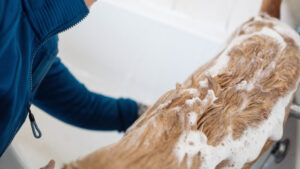
When it comes to the question, “Is Dawn dish soap safe for dogs?” it’s crucial to choose a wash that’s both harmless and effective. While
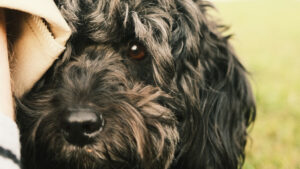
Beginning your Cavoodle grooming guide early is key for a successful experience. Breeders typically start grooming practices when puppies are about two weeks old. This
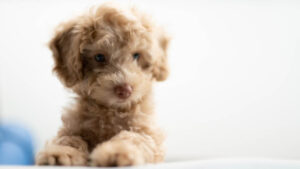
Are you a proud pet owner looking for the best grooming equipment to keep your furry friend looking and feeling their best? Look no further
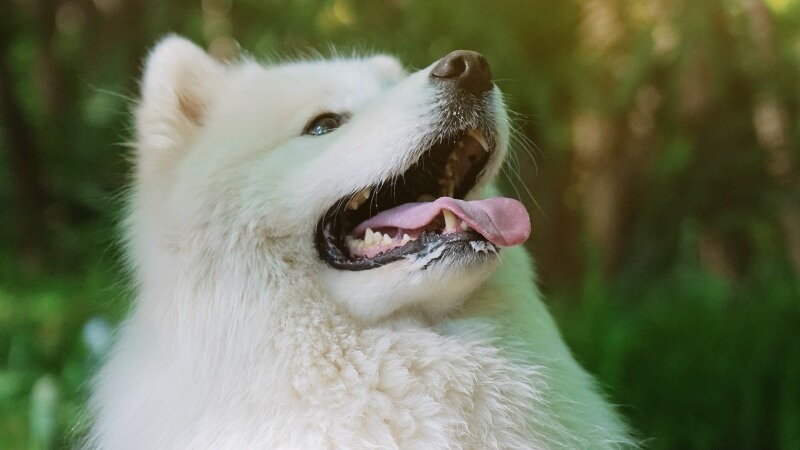
After much deliberation about your next pet, you’ve decided on a white long haired dog, large in size. Doesn’t that sound like you’re aiming to
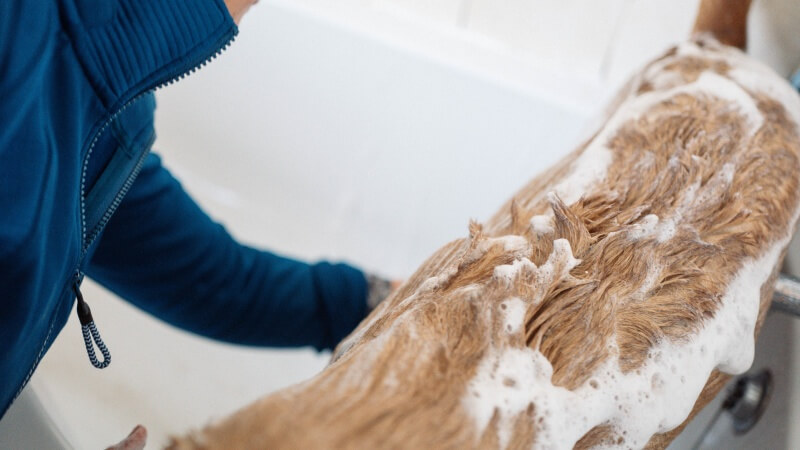
When it comes to the question, “Is Dawn dish soap safe for dogs?” it’s crucial to choose a wash that’s both harmless and effective. While
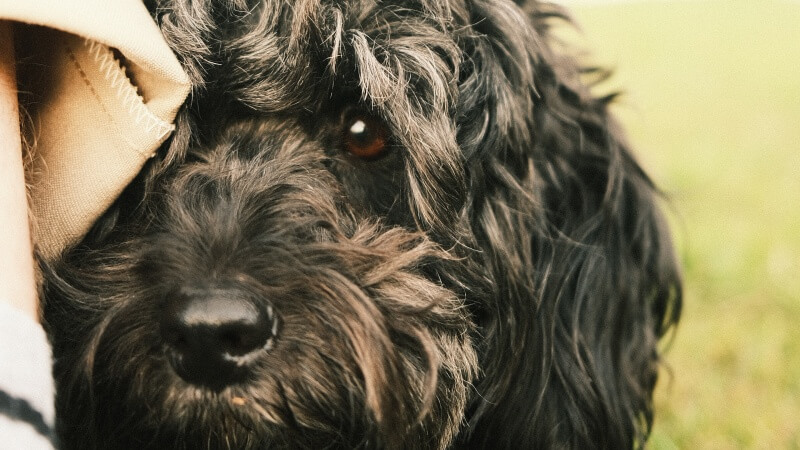
Beginning your Cavoodle grooming guide early is key for a successful experience. Breeders typically start grooming practices when puppies are about two weeks old. This
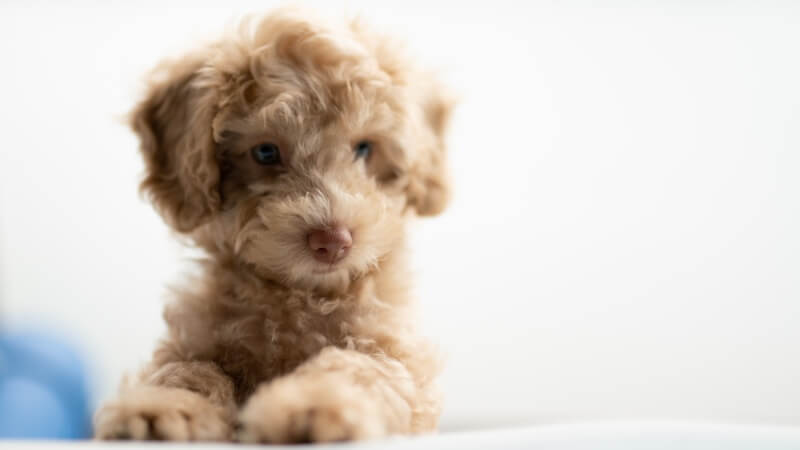
Are you a proud pet owner looking for the best grooming equipment to keep your furry friend looking and feeling their best? Look no further
Copyright © 2024 puppyhairdryer. All Rights Reserved.